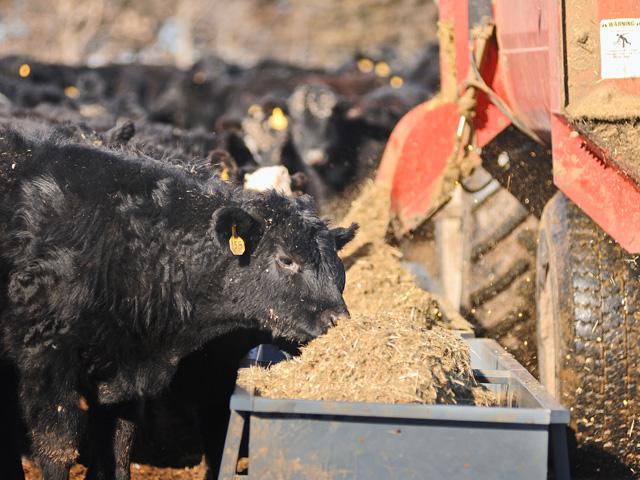Livestock Risk Protection
Updated Livestock Risk Protection Program Works for Small Herds
Livestock producers have some updated options when it comes to risk protection, allowing them to protect as few as just one head against price declines at or near the time of sale.
Josh Maples, Extension economist specializing in livestock and meat market analysis for Mississippi State University, says Livestock Risk Protection (LRP) is a tool producers should consider as they assess market and price risks this year. Producers can get 13 to 52 weeks of coverage, for a maximum of 12,000 head per year. Premiums are not due until the end date of coverage.
"With the updates, there is a 35% to 55% premium subsidy, with producers able to sell up to 60 days prior to the end date. The premium can be paid at the end date, and you can even insure unborn animals," Maples noted.
He explained some of the advantages of today's LRP program include the ability to insure smaller numbers of animals with no brokerage fees or margin calls. The LRP is available in months with no futures or options, and coverage prices are available daily. A disadvantage is that this is not as flexible as futures or options because you are locked in until the end of the coverage period.
Regarding the basis risk, the LRP uses ending values on the CME feeder cattle index. This includes a 12-state area, and as a result, the ending values average may not be representative of cost in a specific local area.
P[L1] D[0x0] M[300x250] OOP[F] ADUNIT[] T[]
"Local prices will differ for a lot of reasons," said Maples. "Quality, weight, transportation are just a few reasons. Understand an estimate of your area basis in relation to the tools available."
STEPS TO LRP COVERAGE
1. Producers can find a list of agents offering LRP in their local areas by going to USDA's Risk Management Agency site at https://www.rma.usda.gov/….
2. Producers must own the cattle they wish to cover and fill out an application to buy LRP coverage to establish eligibility. No insurance attaches until this "Specific Coverage Endorsement" (SCE) is submitted. A producer can have multiple SCEs, with a maximum head of 6,000 insured under any one SCE.
2. Under the SCE, a producer can initiate LRP for a group of feeder cattle by type and weight. Available categories include steer feeders, heifer feeders, predominantly Brahman feeders, predominantly dairy feeders, unborn steers/heifers, unborn predominantly Brahman feeders, and unborn predominantly dairy feeders.
3. Coverage prices, rates and coverage levels change daily and are posted on the RMA website.
4. The premium billing date is the first day of the month following the end date for the SCE.
5. Quotes are available using the RMA calculator. Daily price limits can be found on the CME site. https://www.cmegroup.com/….
6. Coverage levels range from 70% to 100%.
7. An example of an indemnity calculation shows that a producer with 100 head of feeder cattle, with a target weight of 7.5 hundredweight (cwt), a price adjustment factor (PAF) of 100%, an insured share of 100% and a coverage price of $75 per live/cwt sells at $70/cwt. This is less than the coverage price of $75/cwt, so an indemnity would be paid. It is calculated at 100 head multiplied by 7.5/cwt, which equals 750/cwt. Subtract the actual ending value of $70 from the $75 coverage price, and that equals $5/cwt. Multiply 750 cwt by $5/cwt, which comes out to $3,750. Since the insured share is 100%, the indemnity payment would be $3,750.
Victoria Myers can be reached at vicki.myers@dtn.com
Follow her on Twitter @myersPF
(c) Copyright 2022 DTN, LLC. All rights reserved.






